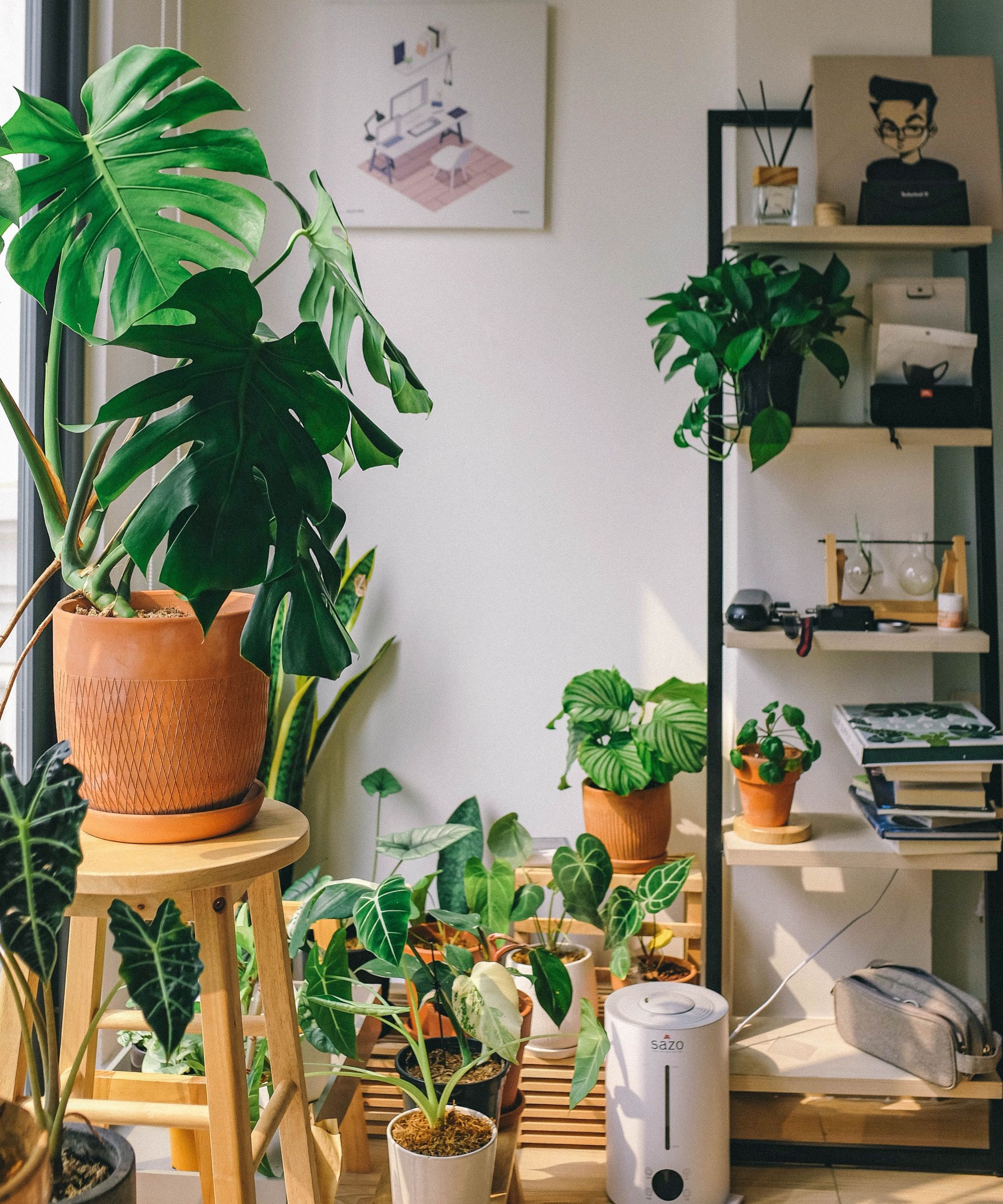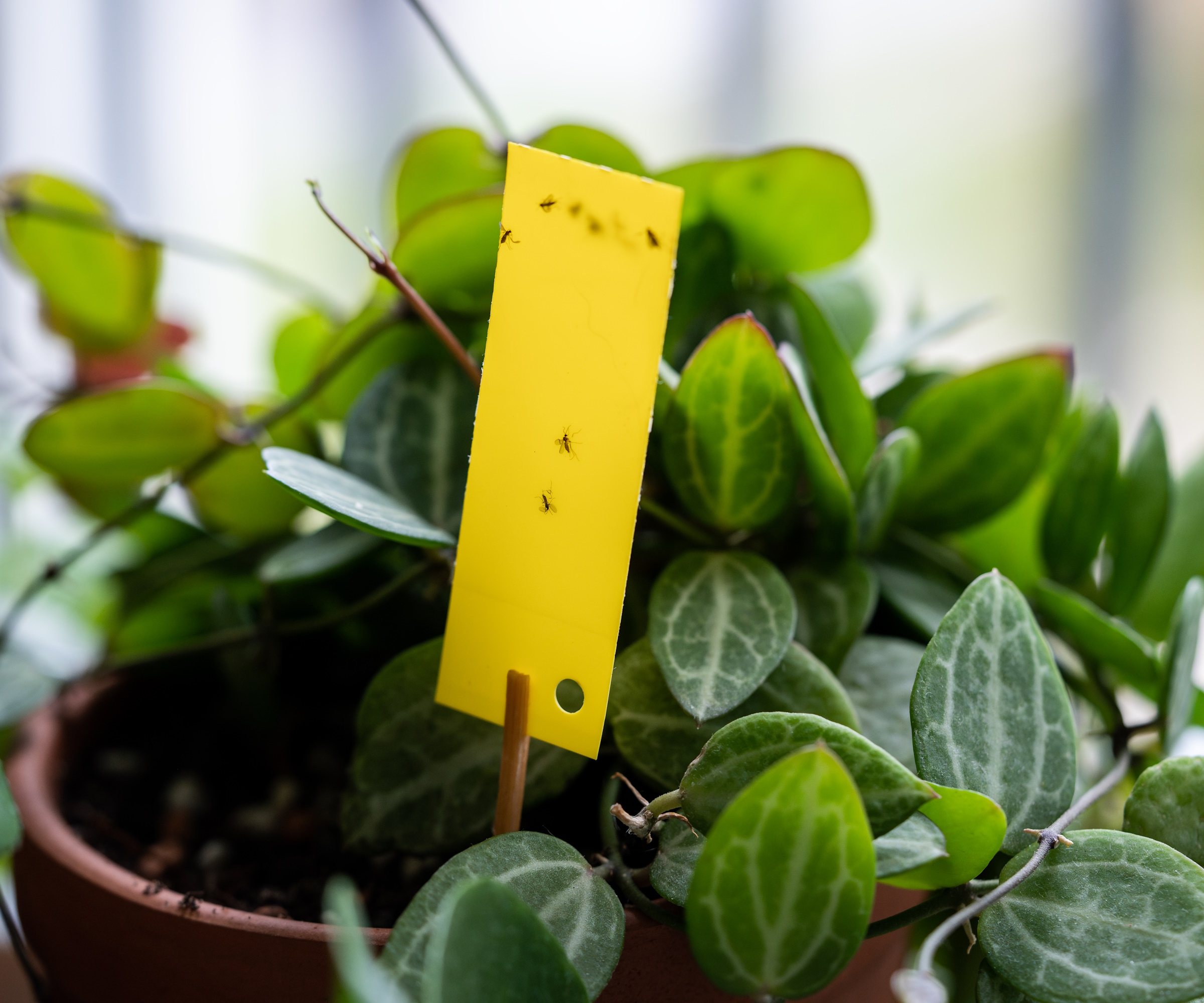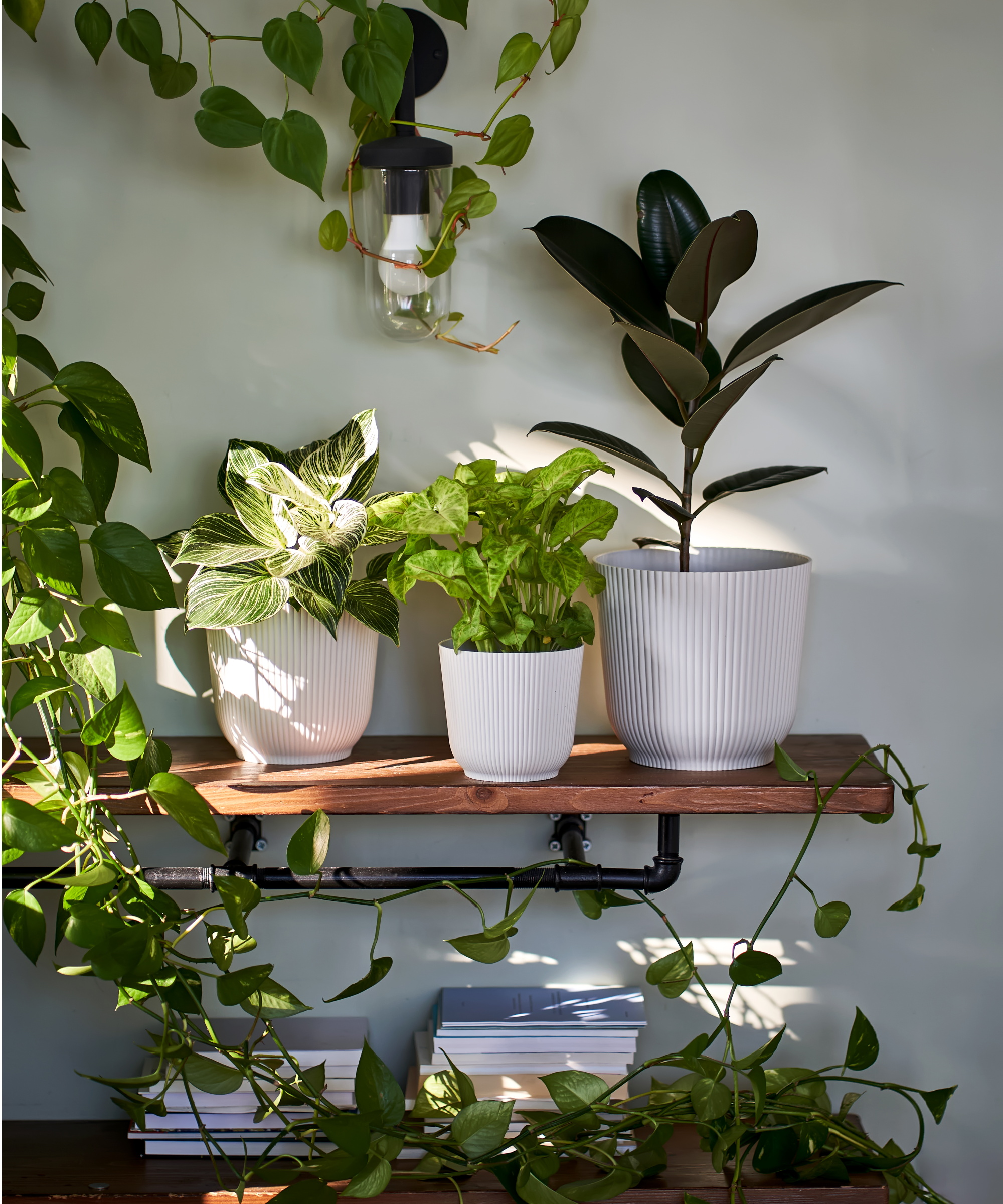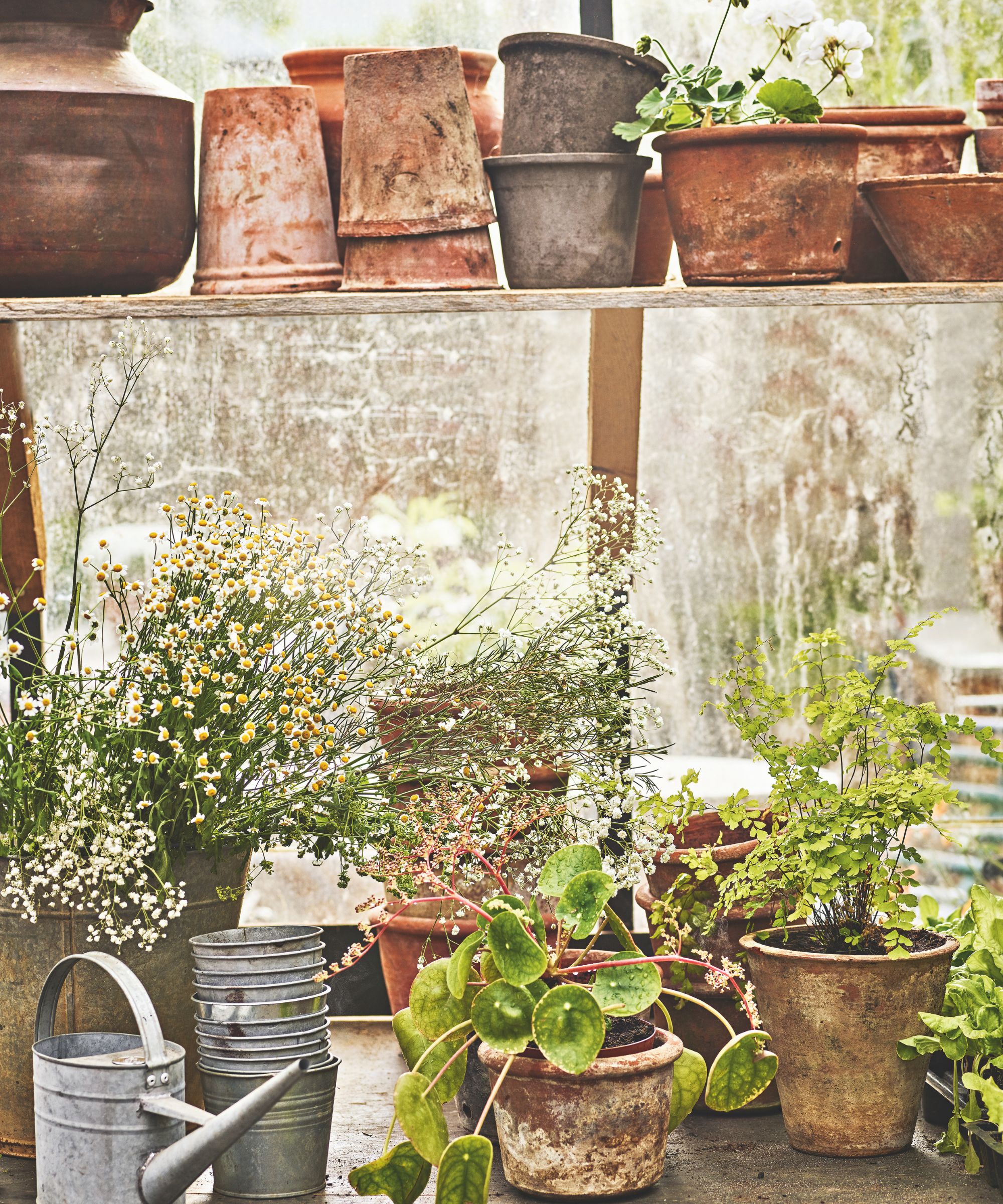How to get rid of fungus gnats – 4 natural methods for healthier houseplants
Discover how to get rid of fungus gnats to keep your houseplants free from pests


Fungus gnats, also known as sciarid flies, are tiny insects that make their homes in warm moist houseplant soil and outdoor compost. When these small pests make their way indoors, the biggest question is how to get rid of fungus gnats and free your houseplants from these annoying bugs.
These bugs cause very little damage to your plants, if any at all, however, as a common houseplant pest they can become a nuisance quickly as they fly around your home. Fungus gnat larvae can cause some damage, however, especially to young, less established plants as they feed on organic matter in the soil, including weak roots.
Here, we look at a multitude of methods of getting rid of fungus gnats, how to spot if you have a fungus gnat infestation, and how to prevent them in the future.

Flies breeding in house plants is quite common and having little black flies buzzing around the home can be very annoying. Fungus gnats love damp soil, so the more you water your plants the more they will be attracted to it.
Fungus gnats can be identified by their miniature size, being only three to four millimeters long, and their yellow abdomens. Often, you can spot fungus gnats on your houseplant soil or drainage tray or fly slowly around your houseplant leaves. These insects are harmless to humans, so do not bite or sting, but can be irritating when flying around your home.
Fungus gnat larvae are slightly larger at six millimeters long and are slender and white, resembling maggots. They live in moist soil and potting compost and can often be seen wriggling around or in a drainage tray after watering.
Luckily, there are a several natural ways to get rid of gnats and their larvae while also preserving your plants.
Design expertise in your inbox – from inspiring decorating ideas and beautiful celebrity homes to practical gardening advice and shopping round-ups.
1. Use sticky traps

These traps are ideal for getting rid of the adult fungus gnats that are flying around your home. Sticky traps are best placed around the infested plants or directly on top of the soil and they are readily available in homeware stores.
You can find sticky traps for houseplants from Amazon.
Making your own homemade bug sprays may also help you to kill any adult fungus gnats.
2. Make an apple cider vinegar trap

To make an apple cider vinegar trap, fill a small, shallow container with an equal amount of water and apple cider vinegar. The liquid should be at least ¼ of an inch deep. Stir in a few drops of liquid dish soap and place the trap near the base of the affected plant or on top of the soil.
You will need to refresh these traps every few days as they attract and kill the adult fungus gnats. These traps work as the gnats are attracted to the smell of the vinegar and the soap prevents the insects from landing safely on the surface, instead, the bugs are pulled in and drowned.
3. Water with a hydrogen peroxide solution

A hydrogen peroxide solution is one of the best ways to get rid of bugs from houseplant soil naturally and is particularly effective against fungus gnat larvae.
Combine one part hydrogen peroxide with six parts water and water your houseplant soil with the mixture, avoiding getting the leaves wet. Allow the soil to dry out completely between watering until the larvae no longer appear out of the soil.
It is important to kill any remaining adult fungus gnats to prevent them from laying any further eggs.
4. Use cinnamon on your houseplant soil

Using cinnamon in your soil is another natural way of preventing fungus gnat infestations. Cinnamon is a natural fungicide, which helps control fungus growth and as a result control gnat infestations.
The smell also repulses gnats and other insects like ants and spider mites, so it discourages them from loitering around your plants and laying their eggs in the soil. If you don't have any cinnamon powder at home, you could always use a cinnamon essential oil, such as this from Amazon, instead.
You may also want to cover the top of your soil with fine sand or small stones to prevent gnats from laying their eggs. This can be an effective deterrent when paired with other prevention methods.
FAQs
Will fungus gnats go away on their own?
Fungus gnats are persistent and will not go away on their own. These pests lay their eggs and multiply quickly, so infestations will continue to grow. The only way to get rid of fungus gnats is to follow a rigorous cleaning program until the infestation has cleared.
What causes fungus gnat infestations?
Fungus gnat infestations are caused by these small pests seeking warmth and moisture. Houseplants that are overwatered or kept in high humidity become a hotbed for soil fungi that attracts fungus gnats and allow them to set up small colonies.
It is important to check your houseplants frequently to help prevent infestations from taking hold. When it comes to long-term prevention, non-pesticidal methods are recommended to prevent harming your plants or other animals in your home.
In addition to the methods we have listed above, you could consider using biological control, such as nematode worms or Steinernema feltiae. This is an effective form of natural pest control, as the worms will seek and destroy the maggots, and they are safe to use around humans and pets.

Chiana has been at Homes & Gardens for two years and is our resident 'queen' of non-toxic living. She spends most of her time producing content for the Solved section of the website, helping readers get the most out of their homes through clever decluttering, cleaning, and tidying tips. She was named one of Fixr's top home improvement journalists in 2024.